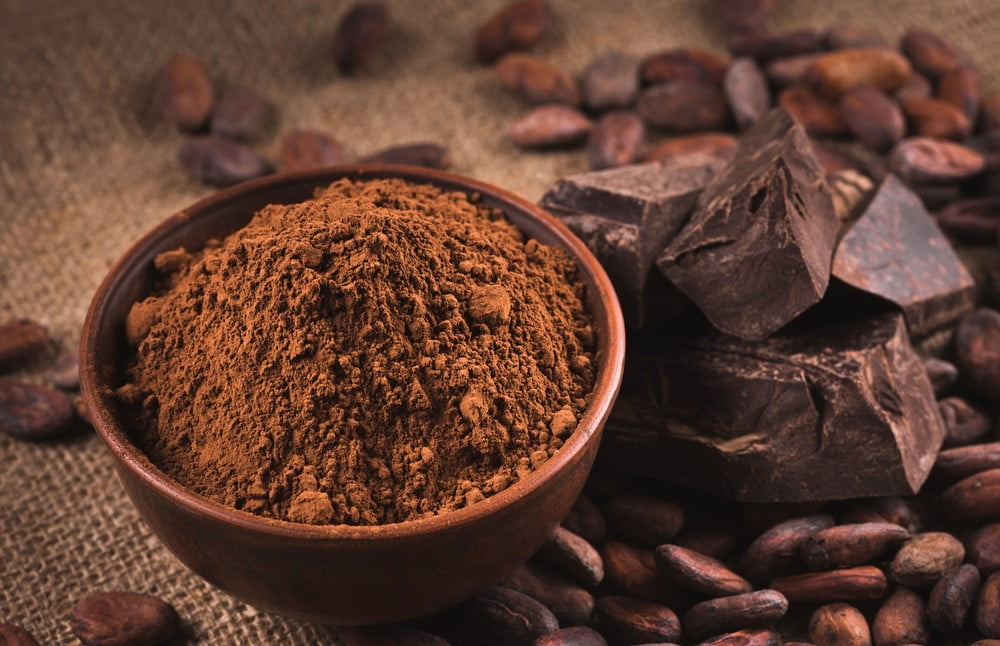Chocolate is one of the world’s favorite treats, enjoyed by people of all ages and backgrounds. It comes in many different forms and flavors, from creamy milk chocolate to rich and bitter dark chocolate, and can be used in various recipes, from cakes and cookies to hot cocoa and fondue. While chocolate is often considered an indulgence, it has some nutritional value. In this article, we’ll explore the Chocolate Nutrition, including the macronutrient and micronutrient content of different types of chocolate and their potential health benefits.
Macronutrient Content
The macronutrient content of chocolate varies depending on the type, and percentage of cocoa used. Here’s a breakdown of the macronutrient content of different kinds of chocolate:
- Milk Chocolate: Milk chocolate typically contains around 10% cocoa solids and is high in sugar and fat. A 1-ounce (28-gram) serving of milk chocolate contains approximately 155 calories, 9 grams of fat, and 18 grams of sugar.
- Dark Chocolate: Dark chocolate contains more cocoa solids than milk chocolate, typically 70% to 90%. Dark chocolate is lower in sugar and higher in fat than milk chocolate. A 1-ounce (28-gram) serving of dark chocolate contains approximately 170 calories, 12 grams of fat, and 7 grams of sugar.
- White Chocolate: White chocolate is made from cocoa butter, sugar, and milk but contains no cocoa solids. White chocolate is high in sugar and fat and low in nutritional value. A 1-ounce (28-gram) serving of white chocolate contains approximately 150 calories, 9 grams of fat, and 13 grams of sugar.

Micronutrient Content
In addition to macronutrients, chocolate contains micronutrients that provide various health benefits. Here’s a breakdown of the micronutrient content of chocolate:
- Antioxidants: Cocoa beans are rich in antioxidants, which protect the body against damage from free radicals. Dark chocolate contains higher levels of antioxidants than milk chocolate or white chocolate.
- Minerals: Chocolate is a good source of minerals, such as magnesium, iron, and copper. These minerals are essential for various bodily functions, such as energy production and immune system function.
- Flavonoids: Flavonoids are an antioxidant found in chocolate linked to various health benefits, such as improved heart health and a lower risk of chronic diseases.
Potential Health Benefits
While chocolate should be consumed in moderation as part of a balanced diet, it does have some potential health benefits. Here are a few potential health benefits of chocolate:
- Improved heart health: The flavonoids found in chocolate have been shown to lower blood pressure and improve heart health. Dark chocolate, in particular, has been associated with improved cholesterol levels and reduced risk of heart disease.
- Improved brain function: The antioxidants and flavonoids found in chocolate may improve brain function and reduce the risk of age-related cognitive decline. One study found that consuming cocoa flavanols enhanced cognitive performance in older adults.
- Reduced inflammation: The antioxidants found in chocolate may help reduce inflammation in the body, which is linked to various chronic diseases, such as diabetes, arthritis, and cancer.

Choosing and Enjoying Chocolate
When choosing chocolate, it’s essential to consider the macronutrient and micronutrient content. Dark chocolate, with a higher percentage of cocoa solids, is generally a better choice than milk chocolate or white chocolate, as it contains more antioxidants and fewer additives. Consuming chocolate in moderation is also essential. It is high in calories, sugar, and fat. A small piece of chocolate, such as a 1-ounce serving, can be enjoyed as a treat or added to a balanced meal or snack.
When enjoying chocolate, it’s important to savor the flavors and take your time to appreciate the experience. Allow the chocolate to melt slowly in your mouth to appreciate the flavors and textures fully. Pairing chocolate with other foods or beverages can also enhance the experience. For example, dark chocolate pairs well with red wine, while milk chocolate pairs well with coffee or tea. Pairing chocolate with nuts or fruits can also add an extra layer of flavor and nutrition.
Conclusion
Chocolate is a beloved treat that can also provide some nutritional value. By understanding the macronutrient and micronutrient content of different types of chocolate, you can make informed decisions about the types and amounts of chocolate you consume. While chocolate should be consumed in moderation, it can be a part of a healthy and balanced diet. By savoring the flavors and textures of chocolate and pairing it with other foods and beverages, you can fully appreciate the indulgent and delicious experience that chocolate provides.
FAQs
- What is the macronutrient content of milk chocolate?
- Milk chocolate typically contains around 10% cocoa solids and is high in sugar and fat. A 1-ounce (28-gram) serving of milk chocolate contains approximately 155 calories, 9 grams of fat, and 18 grams of sugar.
- What is the macronutrient content of dark chocolate?
- Dark chocolate contains more cocoa solids than milk chocolate, typically 70% to 90%. Dark chocolate is lower in sugar and higher in fat than milk chocolate. A 1-ounce (28-gram) serving of dark chocolate contains approximately 170 calories, 12 grams of fat, and 7 grams of sugar.
- What is the macronutrient content of white chocolate?
- White chocolate is made from cocoa butter, sugar, and milk but contains no cocoa solids. White chocolate is high in sugar and fat and low in nutritional value. A 1-ounce (28-gram) serving of white chocolate contains approximately 150 calories, 9 grams of fat, and 13 grams of sugar.
- What are the micronutrients found in chocolate?
- Chocolate is a good source of magnesium, iron, and copper minerals. It is also rich in antioxidants, which protect the body against damage from free radicals, and flavonoids, which have been linked to improved heart health and lower risk of chronic diseases.
- What are the potential health benefits of chocolate?
- Chocolate has been associated with improved heart health, brain function, and reduced inflammation in the body. The flavonoids found in chocolate have been shown to lower blood pressure and improve cholesterol levels. In contrast, antioxidants and flavonoids have been linked to improved cognitive performance and reduced risk of age-related cognitive decline.
- What is the best type of chocolate to consume for health benefits?
- Dark chocolate, with a higher percentage of cocoa solids, is generally a better choice than milk chocolate or white chocolate, as it contains more antioxidants and fewer additives. It is essential to consume chocolate in moderation as part of a balanced diet.
